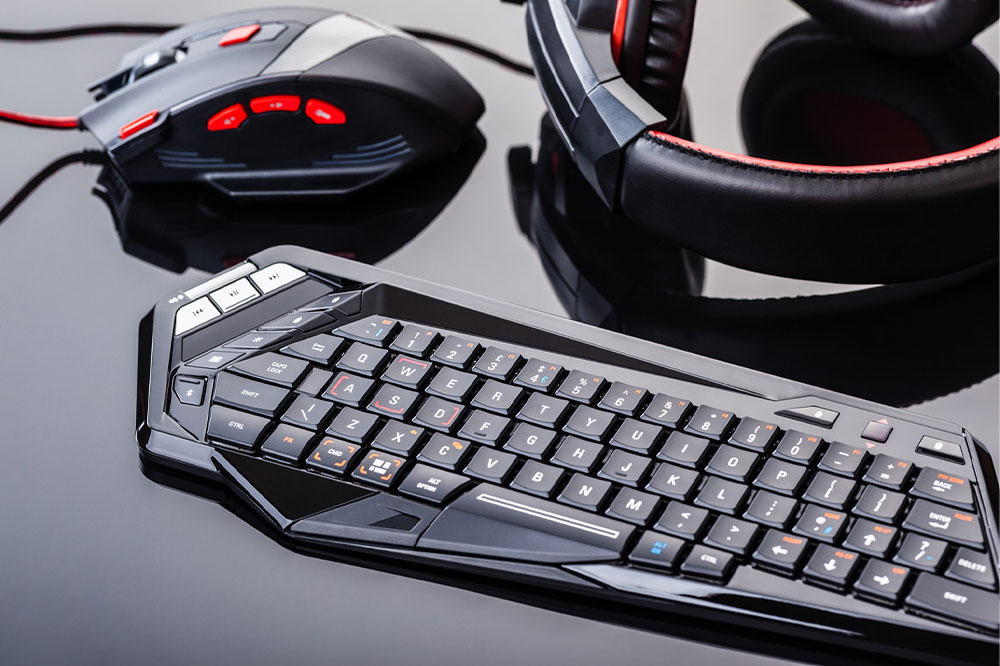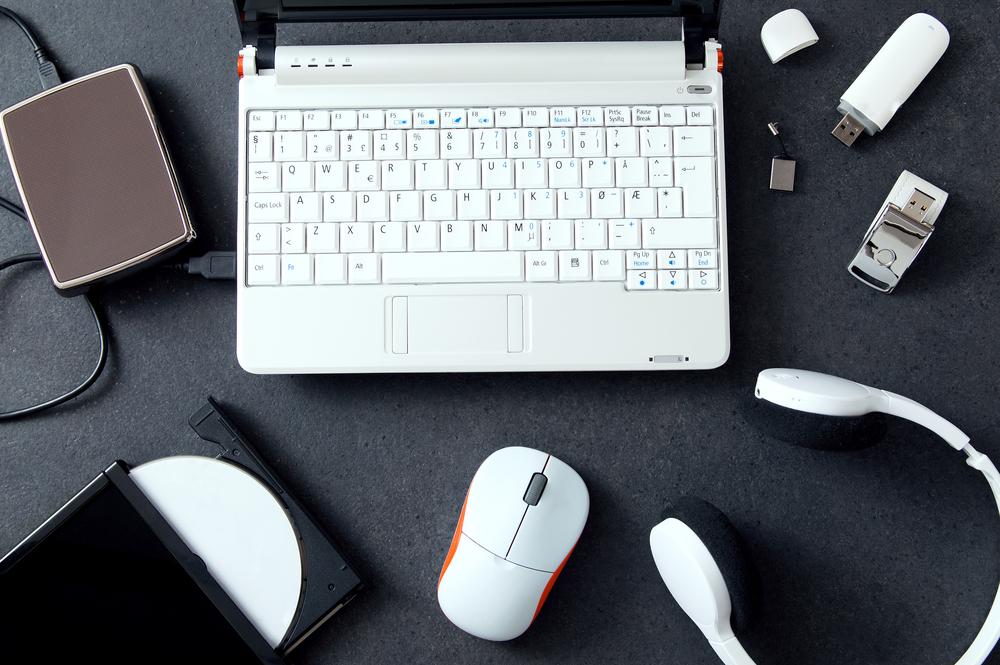Comprehensive Guide to Essential External and Internal Devices for Computer Users
This comprehensive guide explores essential external and internal devices for computer users, covering input/output peripherals, storage solutions, internal hardware upgrades, and specialized accessories. Discover how these devices enhance productivity, gaming, creative work, and overall user experience, enabling you to optimize your PC setup effectively.

Comprehensive Guide to Essential External and Internal Devices for Computer Users
In today’s digital age, a seamless and efficient computing experience hinges not only on the core hardware of your computer but also heavily on the peripherals and internal components that support, enhance, and customize your usage. Whether you're a casual user, a professional, or a gaming enthusiast, understanding the array of external and internal devices available can significantly improve productivity, entertainment, and overall satisfaction with your system.
Peripherals are devices connected to your computer that extend its functionality without being part of its main hardware chassis. They play vital roles in data input, output, storage, and connectivity. These devices can be categorized broadly into five main groups, each serving specific purposes to optimize your computing environment.
Let’s delve into each category and explore the most crucial peripherals and internal components every computer user should know about:
Input Devices
Input devices are essential for communicating commands and data to your computer. They include devices used to input text, control digital environments, or scan physical documents, thus forming the foundation of user interaction with digital systems.
Keyboard: The keyboard remains the primary input device for most users. Modern keyboards come with various features, including ergonomic designs, mechanical keys, backlighting, and programmable keys, catering to different preferences and professional needs.
Mouse: Serving as a point-and-click device, the mouse allows precise control of the cursor, making navigation, selection, and interaction with software intuitive. There are wired and wireless options, with ergonomic designs enhancing comfort during extended use.
Scanner: Used primarily to convert physical documents and images into digital formats, scanners are indispensable in offices, graphic design, and archiving.
Microphone: Microphones are crucial for voice communication, streaming, recording, and voice commands. High-quality microphones with noise-canceling features are preferred for professional use.
Game Controllers and Joysticks: For gaming enthusiasts, controllers and joysticks provide a more immersive experience, enabling precise control within digital environments.
Output Devices
Output devices translate the processed digital data into human-perceivable forms such as visuals and sound. Investing in high-quality output peripherals enhances viewing and listening experiences, especially for multimedia projects, gaming, or professional work.
Monitors: Monitors are vital for visual output. Choices range from LCDs and OLED displays to ultra-wide screens, with resolutions spanning from Full HD to 4K and beyond. Features like color accuracy, refresh rates, and touch capabilities cater to different user needs.
Printers: Essential in both home and office settings, printers convert digital documents and images into physical copies. Options include inkjet, laser, and multifunction printers with additional features like scanning and copying.
Speakers and Headphones: For audio output, quality speakers or headphones enhance clarity and immersion. Wireless designs and noise-canceling headphones are popular among users seeking mobility and superior sound quality.
Webcams: Important for video conferencing and live streaming, webcams come with varying resolutions and frame rates, with many supporting high-definition output for professional-quality video calls.
Storage Devices
Storage peripherals are critical for backing up data, transferring files, and expanding your system’s capacity. The diversity of external storage options allows users to choose solutions that match their performance and budget requirements.
USB Flash Drives: Compact and portable, USB drives are perfect for quick data transfers and creating backups.
External Hard Drives (HDDs): Offering large storage capacities suitable for media libraries and extensive data backups, HDDs are a cost-effective solution.
External Solid-State Drives (SSDs): Faster than HDDs, SSDs provide rapid data transfer speeds crucial for professionals working with large files and media editing.
Memory Cards: Widely used in cameras and portable devices, SD cards and microSD cards facilitate easy data sharing and expansion of device storage.
Internal Peripherals
Internal hardware components are installed directly onto the motherboard, significantly influencing the performance and capabilities of your computer. Upgrading internal peripherals can provide performance boosts for gaming, video editing, and high-demand applications.
Random Access Memory (RAM): RAM modules temporarily store data, enabling faster processing and multitasking. Increasing RAM capacity can dramatically improve system responsiveness.
Graphics Cards (GPUs): Essential for rendering images, videos, and 3D graphics, high-performance GPUs are crucial for gaming, graphic design, and video editing.
Motherboards: The main circuit board connecting all internal components defines system expandability and compatibility.
Power Supply Units (PSUs): Providing reliable power, PSUs ensure stable operation, especially in high-performance systems.
External Peripherals
External peripherals connect via USB, Thunderbolt, or other ports and extend your system’s capabilities without opening the chassis. They are essential for expanding connectivity and functionality.
External Drives: Additional storage or backup solutions, often used for data recovery and portable data sharing.
Webcams: For online meetings, content creation, and streaming, external webcams with high resolution and frame rates are ideal.
Docking Stations: These hubs allow multiple peripheral connections, including displays, Ethernet, and external drives, streamlining workspace setups.
Additional Useful Peripherals
Beyond the main categories, several specialized peripherals serve niche but vital roles in a diverse computing environment:
Uninterruptible Power Supplies (UPS): Protect your system against power surges and outages, preventing data loss and hardware damage.
Cooling Systems: Advanced cooling solutions, including external fans and cooling pads, keep internal components at optimal temperatures, ensuring longevity and performance.
VR Headsets and Motion Sensors: For immersive virtual reality experiences and motion-controlled gaming, these peripherals integrate digital worlds with physical movement.
From everyday tasks to professional-grade applications, understanding and selecting the right peripherals and internal components can dramatically enhance your computer experience. Staying updated with the latest advancements and choosing reliable brands ensures longevity, compatibility, and high performance for your digital setup.





